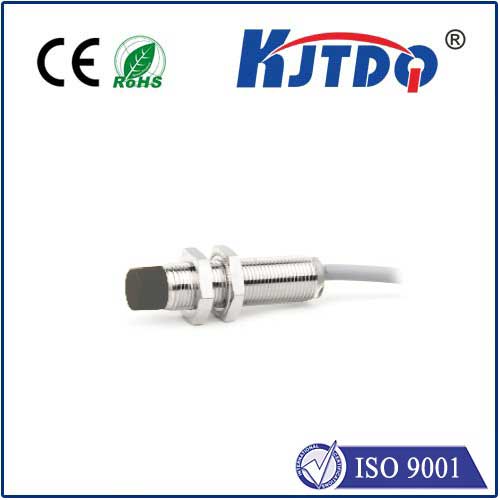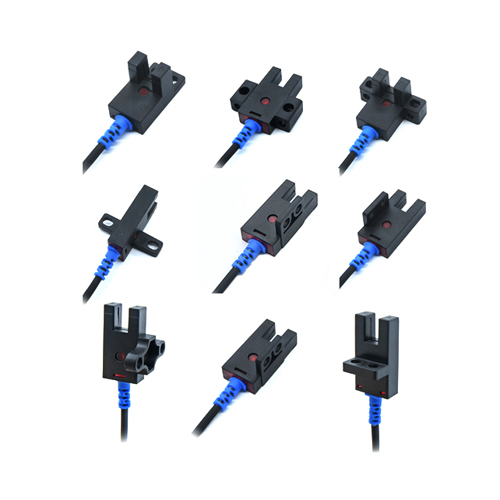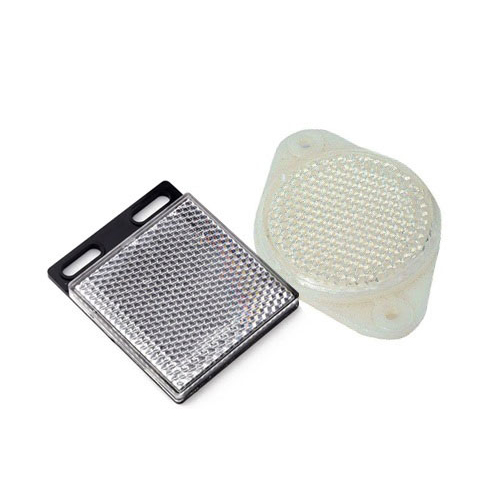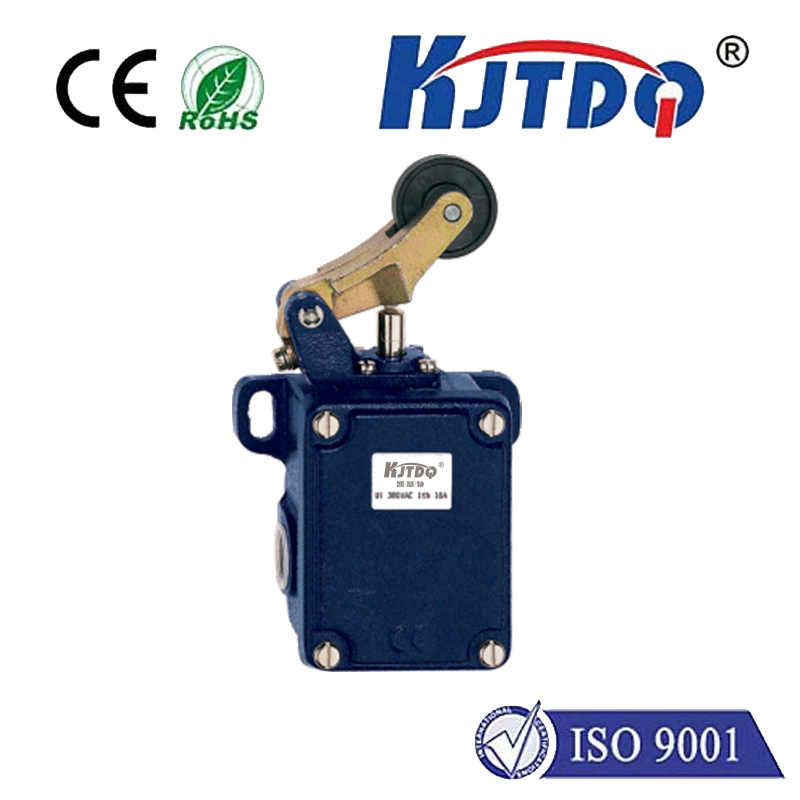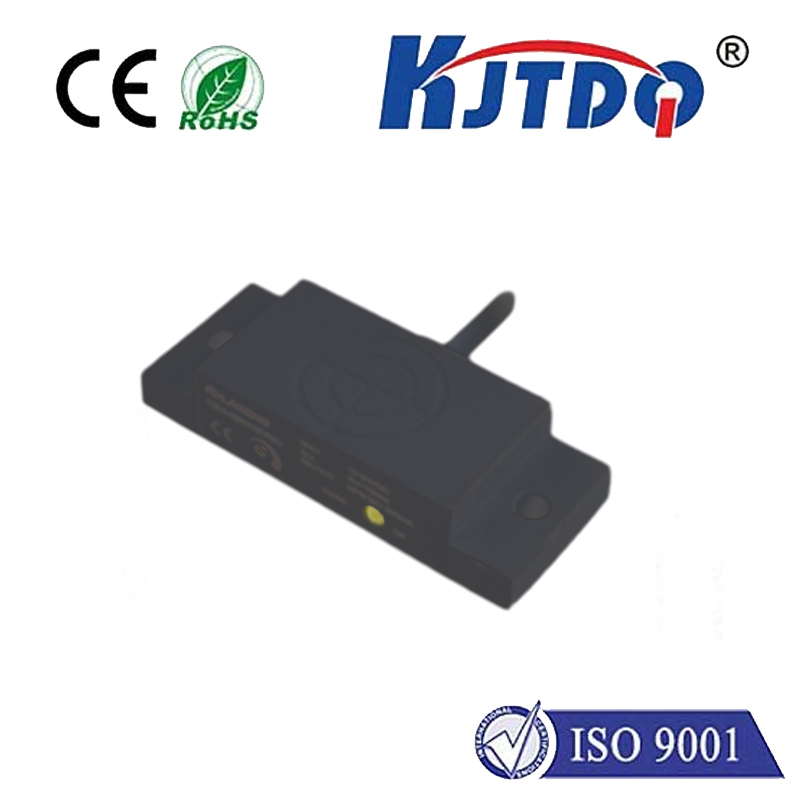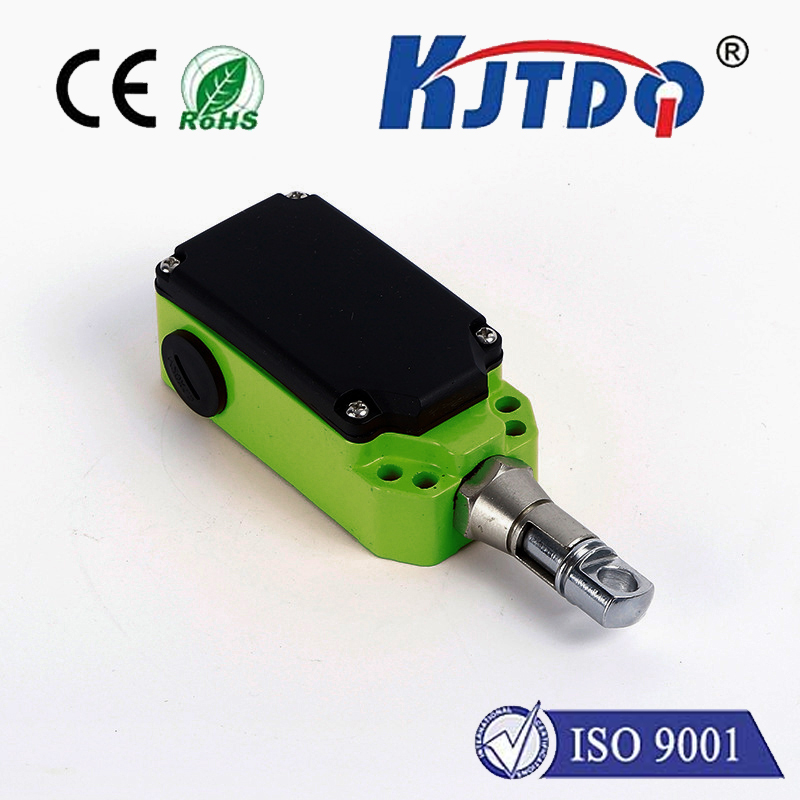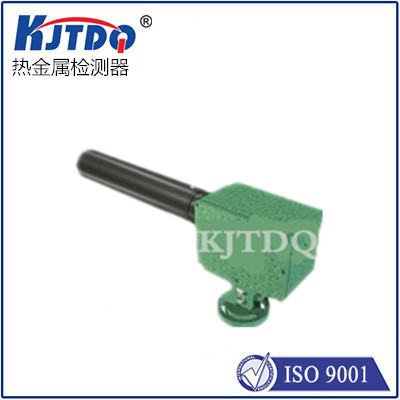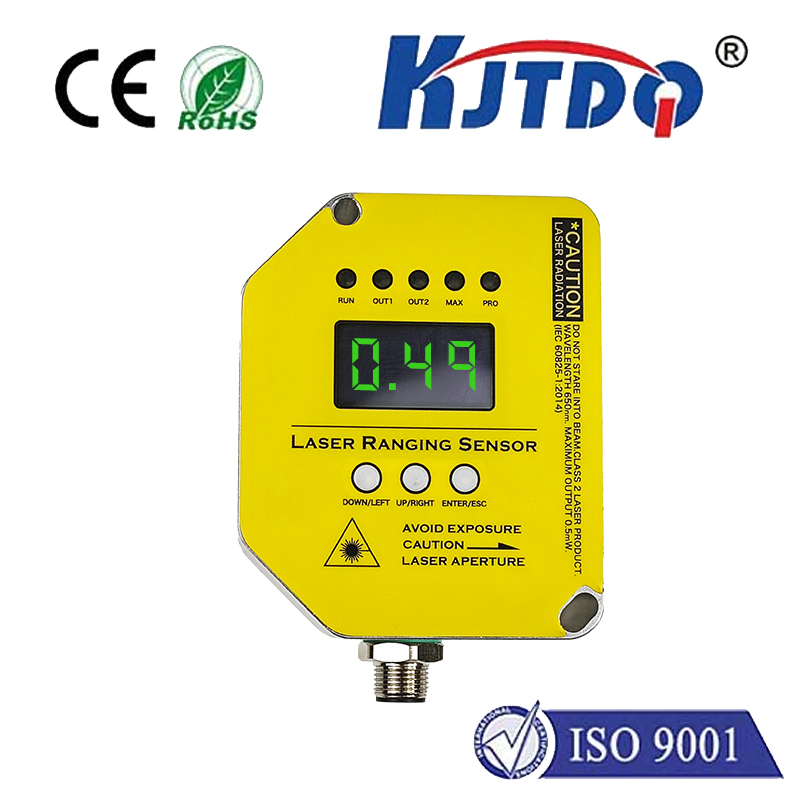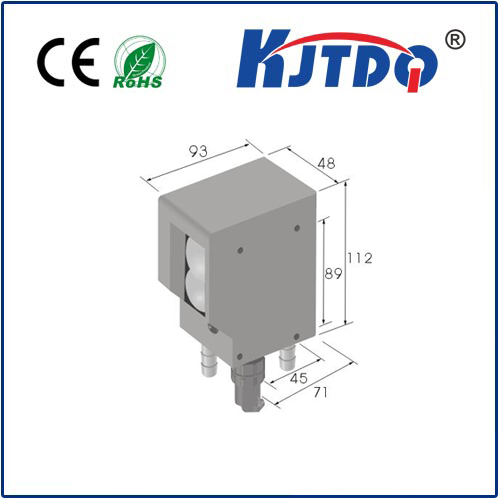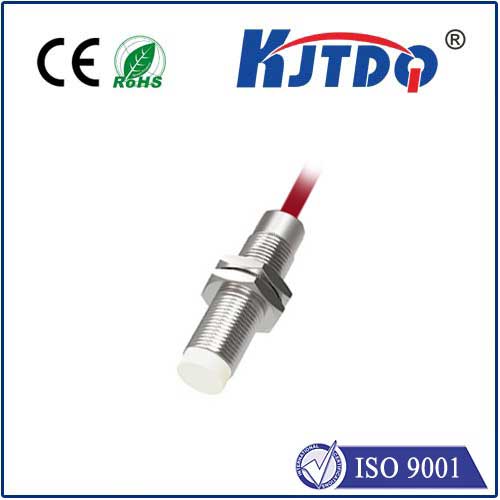

check

check

check

check

check

check

check

check

check

check
Limit Switch for Sliding Door: Ensuring Safety and Efficiency
Sliding doors have become increasingly popular in modern architecture due to their space-saving design and smooth operation. However, the safety of these doors is often overlooked. This is where the limit switch for sliding doors comes into play, ensuring both safety and efficiency in their use.

A limit switch is a crucial component that monitors the position of the sliding door. It stops the door from moving beyond its designated opening and closing points, preventing it from slamming shut or leaving a gap. This not only protects the door's integrity but also ensures the safety of those using it.
The installation of a limit switch involves attaching it to the track system of the sliding door. It works by sending signals to the motor control system, which then adjusts the door's movement accordingly. When the door reaches its maximum open or closed position, the limit switch sends a signal to stop the motor from pushing or pulling further.
In addition to safety, the limit switch also enhances efficiency in the operation of sliding doors. By accurately detecting the door's position, it eliminates unnecessary movements and reduces energy consumption. This results in longer lifespan for the motor and lower maintenance costs over time.
However, like any mechanical device, regular maintenance and inspection are essential to ensure the limit switch functions correctly. Users should check for any visible signs of damage or wear on the switch and its wiring connections. If any issues arise, they should seek professional assistance immediately.
In conclusion, the limit switch for sliding doors plays a vital role in ensuring safety and efficiency. Its installation and maintenance require attention to detail, but the benefits it provides make it an essential component for any sliding door system.
